Russia to launch Iranian Kowsar, Hodhod satellites into space early on Nov. 5, says ambassador
Iran’s ambassador to Moscow says Russia will launch two domestically-developed Iranian satellites into space onboard a Soyuz launch vehicle within the next few hours.
“In continuation of the development of scientific and technological cooperation between Iran and Russia, two Iranian satellites, Kowsar and Hodhod, will be launched into a 500-kilometer orbit of the Earth on Tuesday, November 15, at 2:48 a.m. Tehran time, by a Soyuz launch vehicle,” Kazem Jalali wrote in a post published on social media platform X on Monday.
He expressed hope that a firm and decisive step towards the entry of Iran’s private sector into the space sector would be taken by the satellite launch.
Jalali further noted that the two satellites have been designed and manufactured by young Iranian scientists at Omid Faza knowledge-based company, with the support of the Vice Presidency for Science, Technology and Knowledge-Based Economy, the Iranian Space Agency (ISA), and the Iranian embassy in Moscow.
Kowsar is a high-resolution imaging satellite, whose design process started back in 2019.
Weighing 30 kilograms, the homegrown Iranian satellite has an estimated orbital lifespan of more than three years. It has a color imaging range of 15 kilometers and an imaging rate of 6 frames per second.
Kowsar satellite is suitable for agricultural, land survey and cadaster services.
Hodhod satellite is said to be a small communications satellite, which weighs 4 kilograms and has an orbital height of 500 kilometers.
Its orbital lifespan is four years and has a variety of uses, including agriculture, land survey, transport and environmental protection.
Despite sanctions imposed by Western countries in recent years, Iran has taken giant strides in the civilian space program.
The country is among the world’s top 10 nations capable of developing and launching satellites.
On September 14, Iran successfully sent into orbit the domestically-developed Chamran 1 research satellite, registering another impressive stride in the country’s space program.
The satellite was put into orbit at an altitude of 550 kilometers (341 miles) above the Earth’s surface onboard a homegrown Qaem-100 space launch vehicle (SLV).
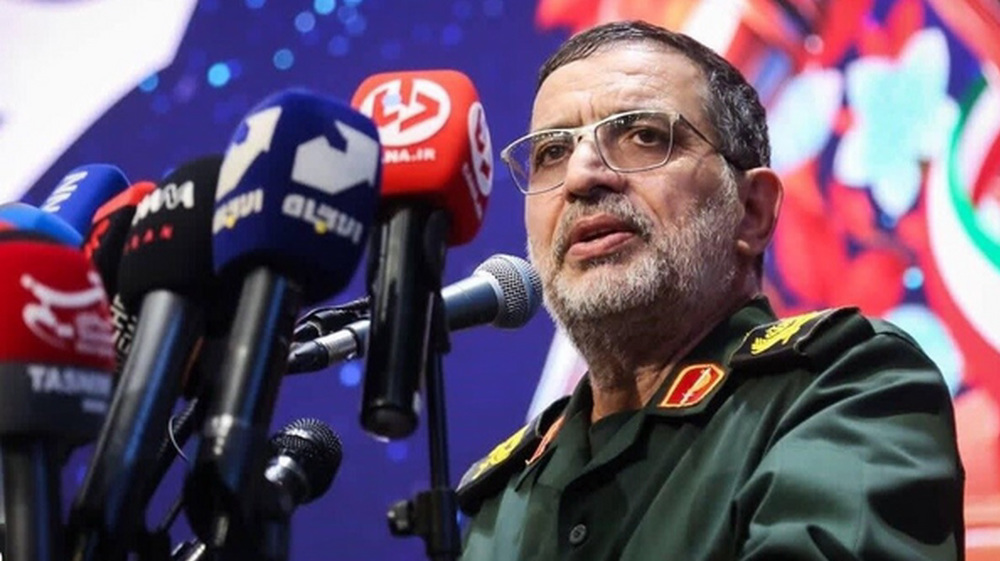
‘Guardians of Revolution’: IRGC warns enemies it is at ‘peak of all-out readiness’

‘Deterrent and defensive’: Armed Forces say IRGC vanquishes any enemy at any level

Iranian Armed Forces achieve ‘most sophisticated’ defense technology: Military official
FBI, local police raid homes of pro-Palestine activists in Michigan
Trump ratings low amid US economic turmoil
VIDEO | Trump tariffs: A wrecking ball!
Israel deprives Gazans of basic needs for ‘survival’: UN
South Africa has no choice but to support resistance against Israel's genocide in Gaza
China supports Iran-US indirect talks, defends Tehran's nuclear right
VIDEO | Gaza’s dire conditions hit unprecedented levels
VIDEO | Press TV's news headlines


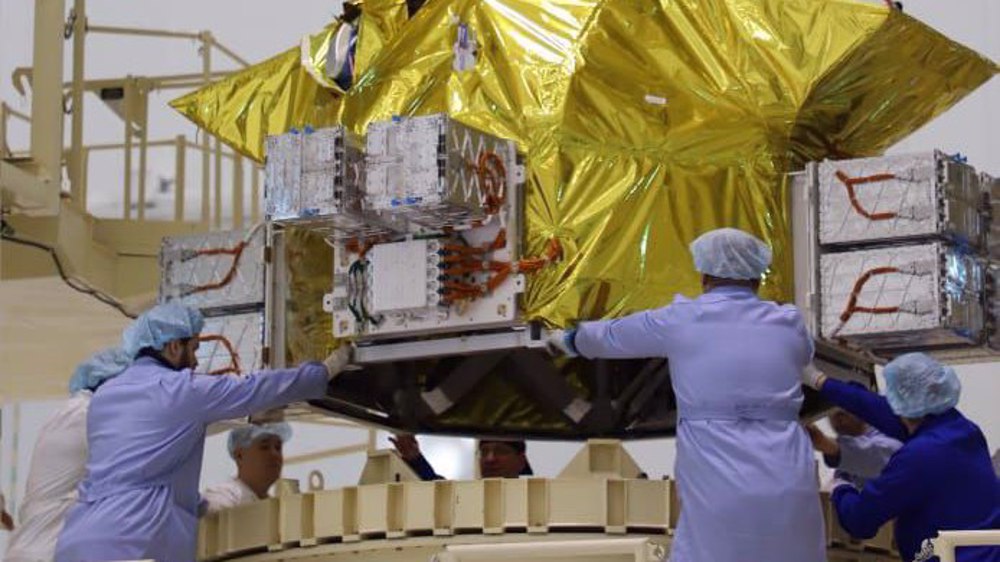
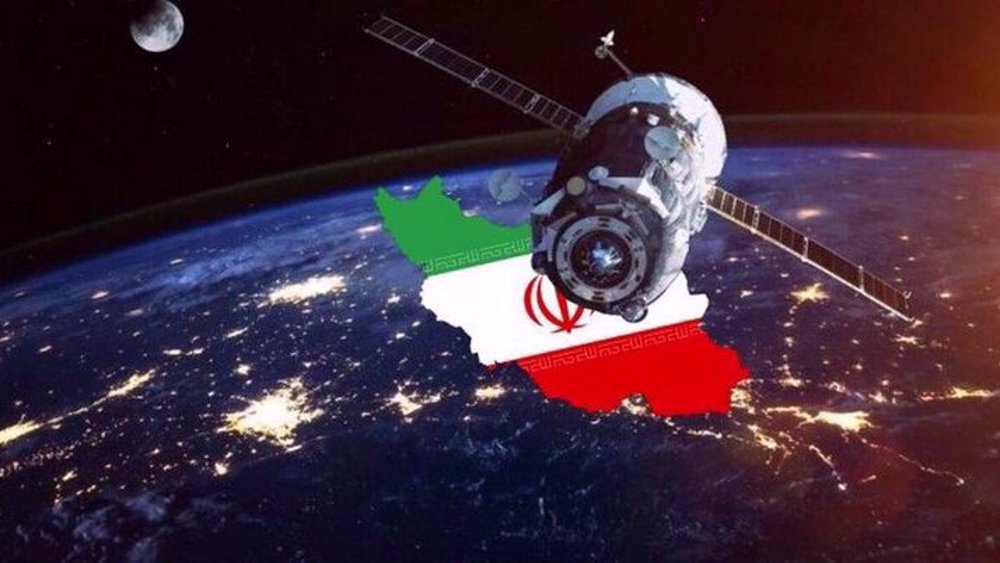



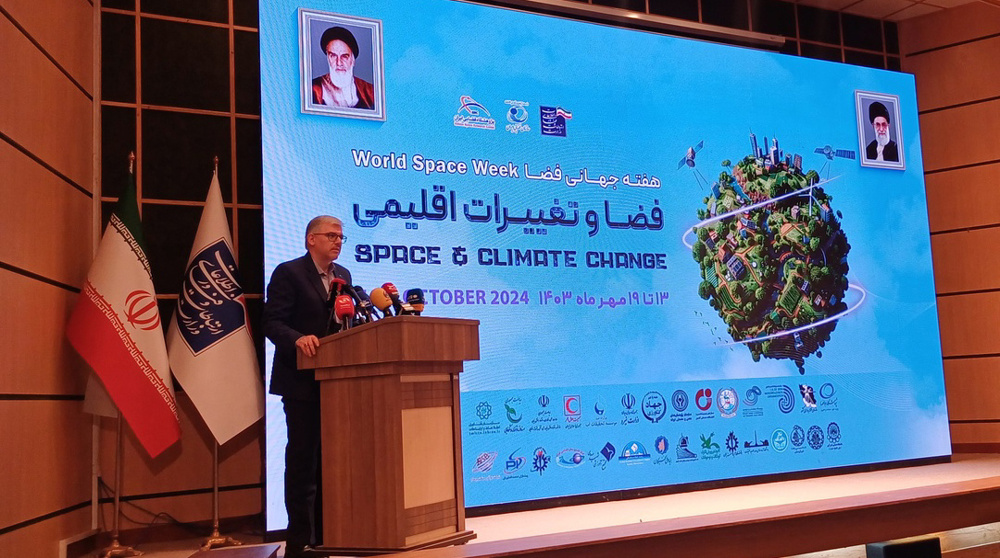
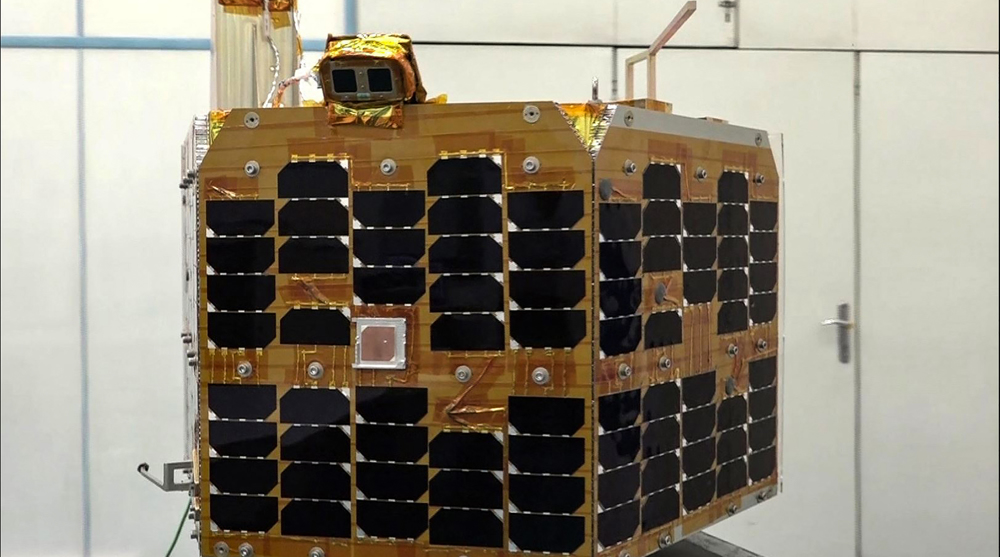

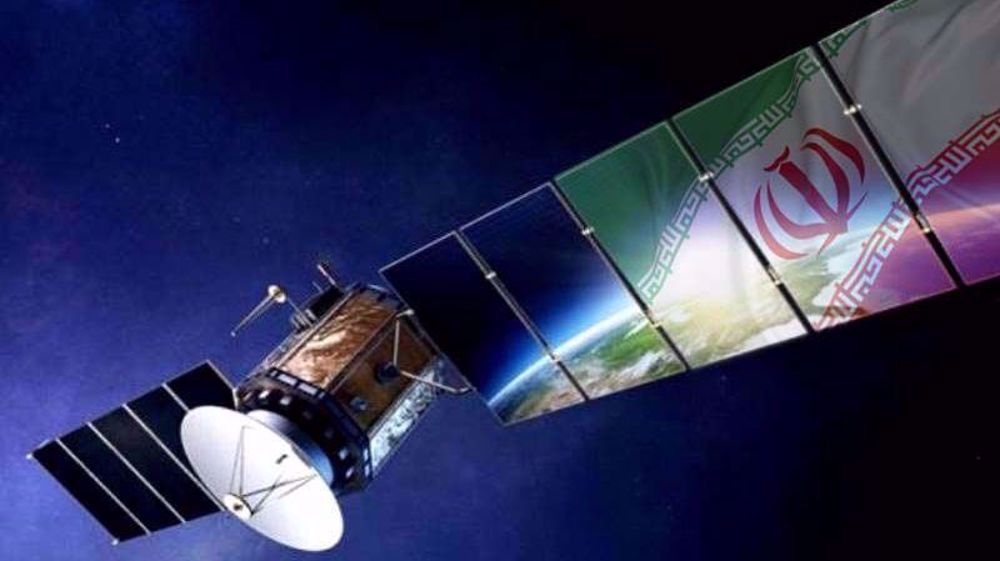


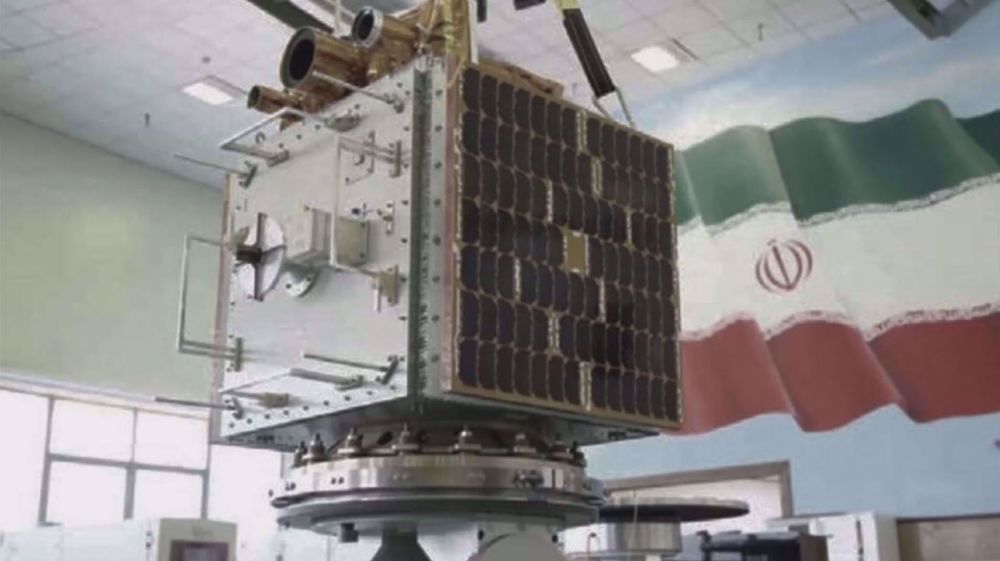
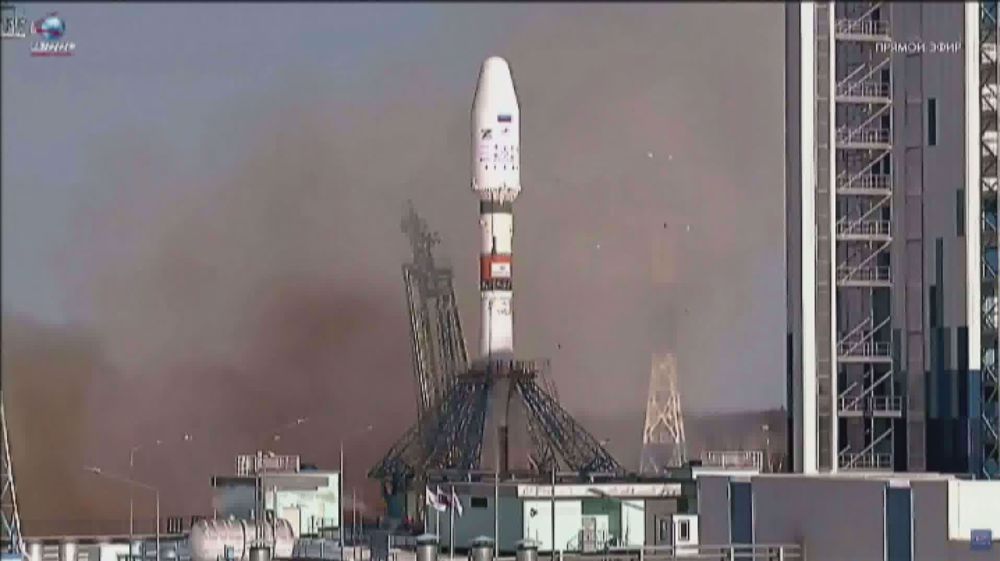

 This makes it easy to access the Press TV website
This makes it easy to access the Press TV website